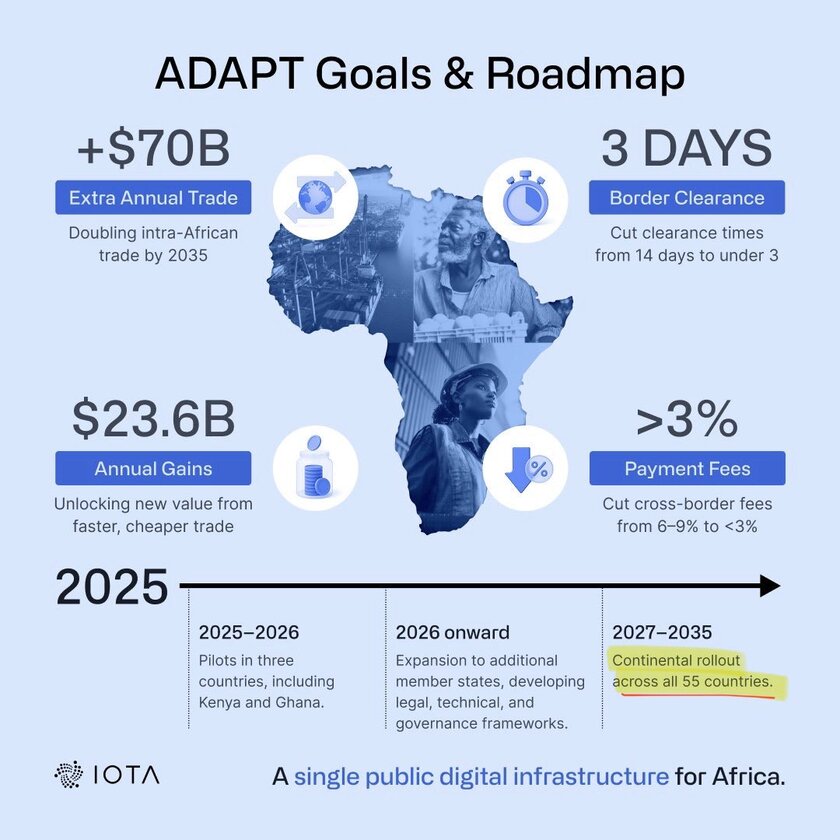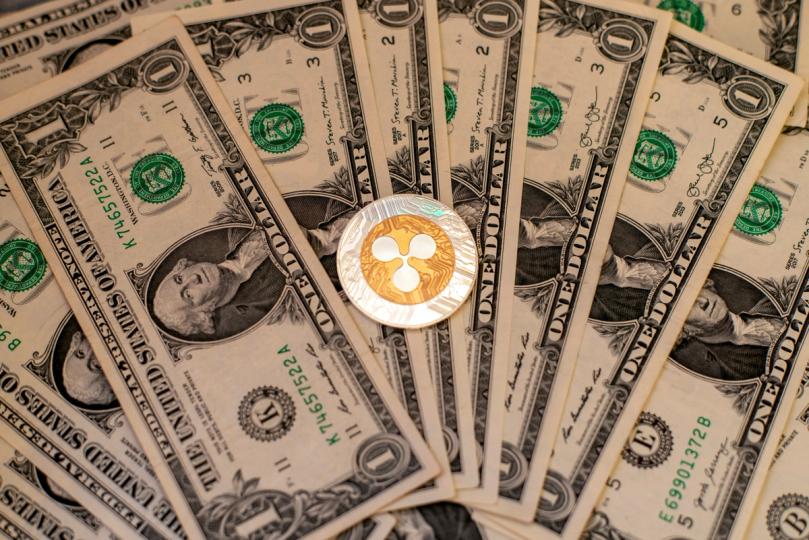Sonic Points are user-focused airdrop points that can be earned as part of the ~200 million $S airdrop. Designed to reward meaningful user engagement within the Sonic ecosystem, these points incentivize a wide range of activities, such as early adoption, long-term loyalty, asset ownership, and active participation with apps across the platform.
On the other hand, Sonic Gems are developer-focused airdrop points. As a groundbreaking incentive mechanism for developers within the Sonic ecosystem, Gems reward apps for driving user engagement and innovation based on their performance on Sonic.
These Gems can be redeemed for $S tokens, which apps can then distribute as rewards to their users. This system empowers apps to kickstart growth and maintain long-term user activity by encouraging consistent interaction and participation.
Both Sonic Points and Gems are distributed across multiple seasons, ensuring a sustainable and dynamic rewards structure that continuously incentivizes active involvement. The first season ends in ~June 2025.
Sonic Points Explained
To earn Sonic Points, users must bridge or use whitelisted assets within the Sonic ecosystem through any approved app. The current whitelisted assets for Season 1 are listed here, with more assets potentially added throughout the season.

There are two types of points within the Sonic Points program:
- Passive Liquidity Points
Passive liquidity points reward users for bridging primary assets onto the Sonic mainnet. Users earn points based on the value and type of assets they hold, providing an incentive for maintaining liquidity within the ecosystem. - Activity Points
Activity points offer a multiplier on top of passive liquidity points, encouraging users to actively engage with the ecosystem. By deploying their assets into any whitelisted application, users can enhance their point earnings, driving greater participation and utility within the network.
On the designated user airdrop claim date (~June 2025), users can immediately claim 25% of their Season 1 airdrop as liquid $S tokens, while the remaining 75% will be vested over 270 days in the form of an NFT. Users can choose to claim their vested position early by burning some of their allocation.
Alternatively, users who choose to hold their airdrop NFT positions can trade them on a speculative NFT marketplace if desired, adding an additional layer of utility and flexibility.
Sonic Gems Explained
Sonic Gems are off-chain airdrop points exclusively designed for apps. Each season, a fixed number of Gems is distributed to apps based on various performance factors. Apps can monitor their progress through a leaderboard, which is updated every 24 hours with the latest Gem allocations.
The competitive PvP nature and fixed supply of Gems mean that an app's Gem balance may fluctuate daily, influenced by the performance of other apps on the platform.
Apps that wish to distribute the $S tokens earned through Gems to their users must manage the accounting process independently. They have full flexibility in determining how to do so. For example, an app could:
- Mint a new token representing its share of $S redeemed through Gems for a specific season.
- Maintain an internal record of user balances.
Unlike Sonic Points, which are airdrop points designed for users, Gems empower apps to claim liquid $S tokens instead of vested NFT airdrop position. Once the $S tokens are claimed, it’s the app’s responsibility to determine how they’re distributed to their users.
While there’s no strict requirement for apps to share a specific percentage of their claimed $S tokens with their users, the design of Gems incentivizes generosity. Apps that share a larger portion of their claimed $S with their communities are rewarded more favorably compared to those that don’t.
Gems Season 1
A total of 1,680,000 Gems will be distributed during Season 1. Out of this, 262,500 Gems are pre-allocated to Sonic Boom winners. The chart below shows the number of Gems allocated to each tier in Sonic Boom.

The remaining 1,417,500 Gems will be available for any app to earn throughout the season — whether they’re Sonic Boom winners or not. At the end of Season 1, all eligible apps will be able to claim $S tokens based on the number of Gems they have earned.
Distribution of Gems
Sonic Gems are distributed using a structured approach designed to reward apps within the Sonic ecosystem. By considering factors such as category relevance, exclusivity, and effective reward distribution, this system promotes fairness and incentivizes active participation.
Below are the key criteria that will determine an app's share of Gems in Season 1:
1. Category
Apps are assessed across several weighted categories, with each app assigned a weight based on its primary category. For Season 1, the specific weights are detailed below. If an app falls into multiple categories, the weight of its dominant category will be applied.

2. Sonic Native
Apps are assigned different weights depending on their level of exclusivity to Sonic:
- Weight 2: Exclusively available on Sonic
- Weight 1: Primarily on Sonic but accessible elsewhere
- Weight 0.5: Available across multiple chains
Note: An app's Sonic-native weight cannot be upgraded during a season. However, if an app takes actions that reduce its Sonic nativeness, its weight will be reduced immediately and remain in effect for the following season as well.
3. Point Score
Point score is determined by calculating the total amount of Sonic Points that an app has generated for its users. This score is then divided by the total points generated across all eligible apps.

To generate Sonic Points for their users, apps must meet the following requirements:
- Integrate with the OpenBlock Labs API.
- Provide utility to whitelisted assets within the app.
4. Incentive (Applicable After Season 1)
This assesses how effectively an app distributes its claimed $S to its users. An app's incentive weight is determined by the percentage of its claimed $S that was distributed to its users during the previous season.

For example, if an app distributed 100% of its claimed $S to its users, it’ll receive a weight of 1 in the next season, while distributing only 80% would give it a weight of 0.8.
Note: While there’s no requirement for apps to distribute a specific amount of their claimed $S to users, it’s mandatory for all apps to publicly disclose the percentage they intend to share with their communities. This transparency allows users to make informed decisions about allocating their capital. Any instances of false communication or misuse of claimed $S will result in blacklisting for subsequent seasons.
Final Gems Calculation
Apps will receive a pro-rata share of Sonic Gems based on their final weights, determined by the calculations below.

Gems Revocation Policy
The following actions by the app can cause their Sonic Gems to be revoked.
- Incentivizing Project Tokens or NFTs with Gems
Allocating Gems as rewards for activities like holding, staking, or providing liquidity (LPing) for a project’s token or NFT. For apps that have a voting mechanism to direct emissions, Gems can be used as vote incentives for any pool other than those that contain the project's token. - Suspicious Distribution Practices
Distributing large quantities of Gems non-transparently, such as allocating them disproportionately to insiders or KOLs without clear disclosure. - Misrepresenting Gem Redistribution
Providing false information about the amount of claimed $S being distributed to users during any season.
Note: Users are encouraged to report any suspicious activity or malpractice to the Sonic Labs team.
Example Distribution of Gems
Using the methodology outlined above, here is an example demonstrating the distribution of 100 Sonic Gems among five apps (A, B, C, D, and E) in Season 1. The distribution considers five random categories, Sonic nativeness, and point score.
Let’s assume the following weights:

Now that we have weights for each app (excluding the incentive weight, which applies only from Season 2 onward), we can proceed to calculate their Gem scores, which simply multiplies their category weight with their Sonic native weight.

After calculating each app’s Gem score, the next step is to determine their point score, which represents the proportion of Sonic Points each app generated for its users. In this example, we’ll assume the five apps collectively generated a total of 1,000 Sonic Points, with each app contributing a randomly assigned share.
To calculate an app’s point score, divide the number of Sonic Points the app generated by the total Sonic Points generated during the season.

With each app’s Gem and point score calculated, we can now calculate their final score. Remember, the formula for that is Gem Score × (1 + Point Score).

Finally, we can determine the number of Gems each app will receive based on the calculations above. The formula is straightforward: divide the app’s final score by the total final scores of all apps, then multiply the result by the total number of Gems available for the season.































